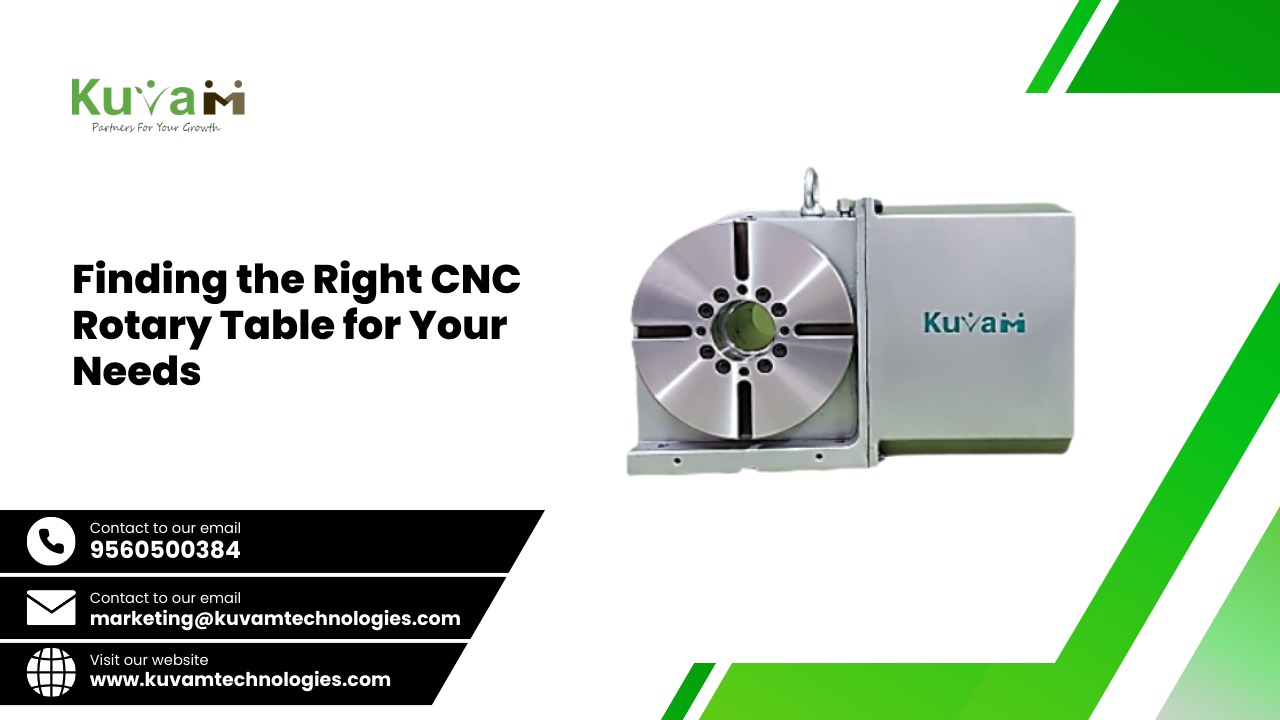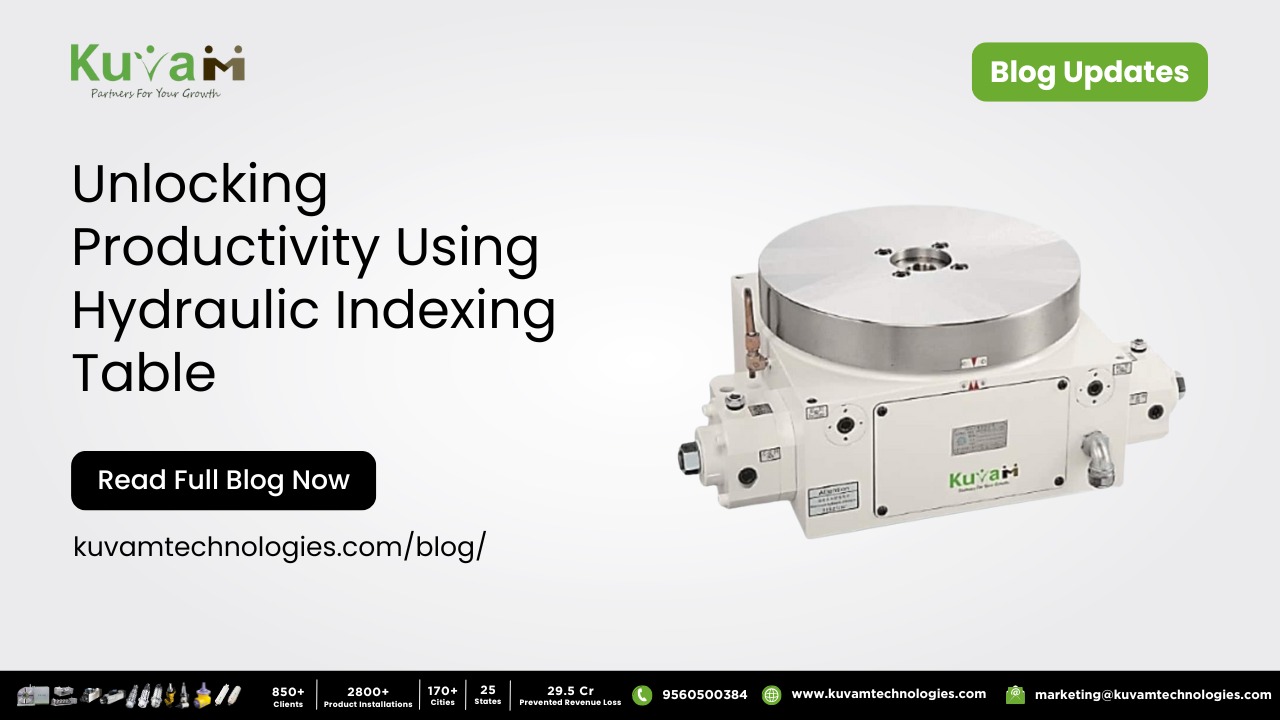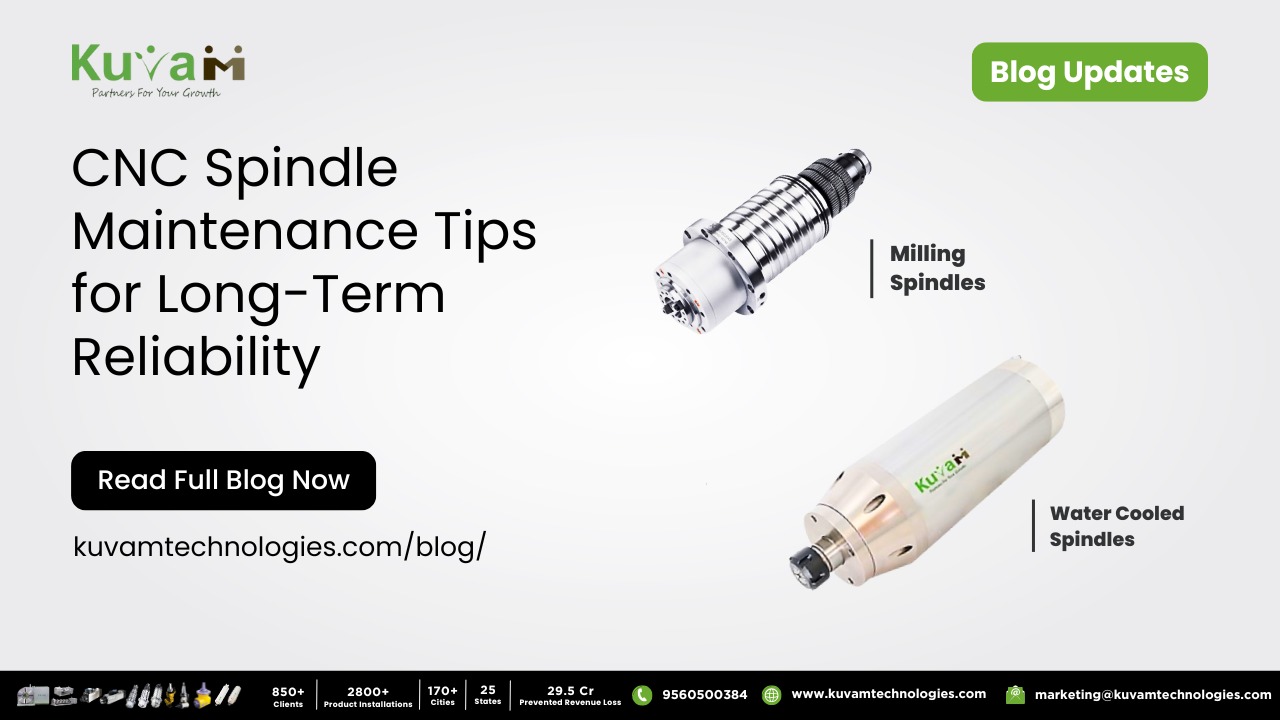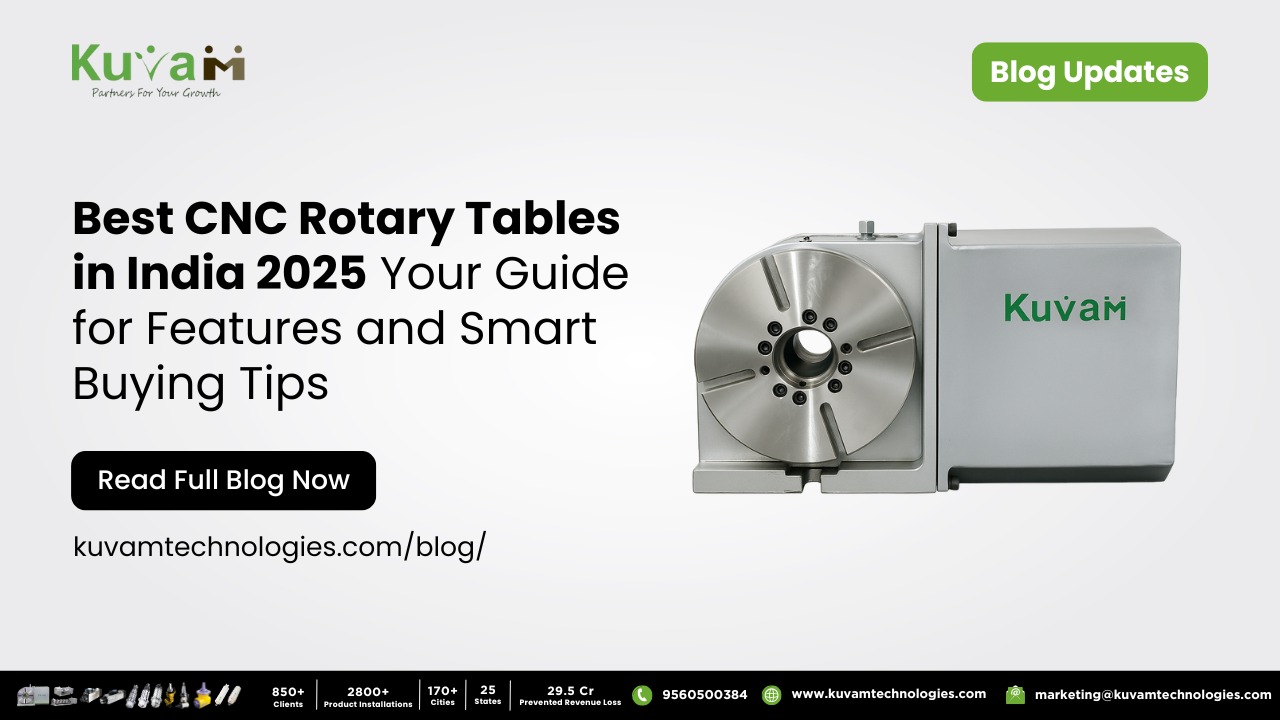Finding the Right CNC Rotary Table for Your Needs
Have you ever found yourself overwhelmed by the sheer variety of cnc rotary table available and wondered which one is best suited for your specific machining requirements? With so many options, it’s crucial to make an informed decision to ensure efficiency, precision, and reliability in your operations. In this comprehensive guide, we’ll walk you through everything you need to know about rotary tables, including their types, features, and applications, so you can confidently choose the right one for your needs.
What Is a Rotary Table?
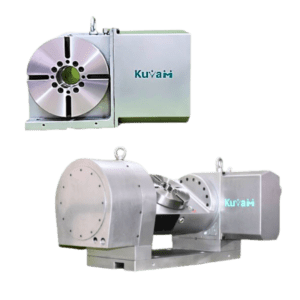
A rotary table is a precision machining device used to rotate a workpiece around a fixed axis, enabling accurate angular positioning and multi-axis machining. Rotary tables are essential for achieving intricate designs, reducing production time, and enhancing the capabilities of CNC machines. They are commonly used in industries such as aerospace, automotive, medical devices, and die-mold manufacturing.
Why Is Choosing the Right CNC Rotary Table Important?
Selecting the correct rotary table impacts your productivity, machining precision, and overall operational efficiency. A mismatch between your needs and the rotary table’s capabilities can lead to:
- Inaccuracies: Leading to defective parts and wasted material.
- Increased Costs: Due to extended production times and inefficiencies.
- Reduced Equipment Lifespan: Overloading or misusing the rotary table can lead to wear and damage.
Types of Rotary Tables
4th Axis CNC Rotary Table
The 4th Axis CNC Rotary Table is an indispensable component for CNC vertical machining centers (VMCs). It adds a rotational axis to the standard three linear axes, enabling complex machining tasks like:
- Helical interpolation
- Circular engraving
- Multi-side machining
Key Features:
- High-precision positioning.
- Compact design suitable for space-constrained setups.
- Motor compatibility for seamless CNC integration.
Tilting Rotary Table
The Tilting Rotary Table provides an additional degree of freedom by offering tilting capabilities, making it ideal for intricate and angular machining operations. These tables are used for:
- 5-axis machining
- Bevel gear cutting
- Complex mold machining
Key Features:
- Wide tilt range (typically ±90°).
- Enhanced clamping force for stability.
- High load capacity for heavy workpieces.
Rotary Production System
Designed for high-volume, repetitive tasks, the Rotary Production System excels in automation-driven environments. This system is often found in assembly lines or mass production setups.
Key Features:
- Rapid indexing for efficient workflows.
- Multiple workholding configurations.
- Compatibility with robotic arms and automation equipment.
Hydraulic Indexing Rotary Table
Hydraulic Indexing Rotary Tables are known for their high torque and rapid indexing capabilities. They are commonly used in heavy-duty applications where quick and precise angular positioning is required.
Key Features:
- Hydraulic power for high-speed operation.
- Exceptional rigidity for heavy-duty machining.
- Minimal backlash for superior accuracy.
How to Choose the Right Rotary Table for Your Needs
- Define Your Application Requirements
The first step in selecting the right rotary table is understanding your specific machining needs. Consider factors like:
- Material type: Are you working with aluminum, steel, or exotic alloys?
- Workpiece size and weight: Ensure the rotary table’s load capacity matches your requirements.
- Machining tasks: Identify whether you need simple positioning or multi-axis machining capabilities.
- Consider the Table’s Size and Load Capacity
Rotary tables come in various sizes, typically measured by the diameter of the table’s surface. Choose a size that accommodates your largest workpiece while maintaining precision. Additionally, ensure the table can support the maximum weight of your workpieces without compromising performance.
- Evaluate Precision and Accuracy
Precision is a critical factor in machining applications. Look for rotary tables with:
- High-resolution encoders for precise positioning.
- Minimal backlash to maintain accuracy during operation.
- Stiffness and rigidity to resist deformation under load.
- Assess Drive Mechanisms
Rotary tables are typically driven by one of the following mechanisms:
- Worm gears: Reliable and cost-effective, suitable for most applications.
- Direct drive: Offers high-speed operation and excellent accuracy, ideal for dynamic machining tasks.
- Hydraulic drive: Provides high torque and is suited for heavy-duty applications.
- Check CNC Compatibility
Ensure the rotary table integrates seamlessly with your existing CNC machine. Compatibility with the machine’s controller and software is vital for smooth operation and programming.
- Analyze Clamping and Stability Features
Proper clamping mechanisms are essential for maintaining stability during machining. Hydraulic or pneumatic clamping systems provide superior holding force, reducing vibration and ensuring consistent results.
Benefits of Using a Rotary Table
Investing in the right rotary table offers numerous advantages, including:
- Enhanced Precision: Achieve intricate designs with minimal errors.
- Increased Efficiency: Reduce setup times and machine multi-faceted parts in one operation.
- Versatility: Perform a wide range of machining tasks, from drilling and milling to engraving.
- Improved Productivity: Handle complex operations with ease, boosting overall throughput.
Maintenance Tips for Rotary Tables
To maximize the lifespan and performance of your rotary table, follow these maintenance best practices:
- Regular Cleaning: Remove chips, dust, and debris after each use to prevent damage.
- Lubrication: Keep moving parts well-lubricated to reduce wear and tear.
- Inspect for Wear: Regularly check for signs of wear on gears, bearings, and seals.
- Calibration: Periodically verify the table’s positioning accuracy and recalibrate if necessary.
- Follow Manufacturer Guidelines: Adhere to the maintenance schedule and recommendations provided by the manufacturer.
Applications of Rotary Tables
Rotary tables find applications in various industries, including:
- Aerospace: For machining complex turbine components and structural parts.
- Automotive: For manufacturing engine parts, gearboxes, and brake components.
- Medical Devices: For creating precision implants and surgical tools.
- Tool and Die Making: For producing intricate molds and dies with tight tolerances.
Choosing the right rotary tables doesn’t have to be a daunting task. By understanding your specific needs and the technical features of various rotary tables, you can make an informed decision that enhances your machining capabilities. Whether you need a 4th Axis CNC Rotary Table for multi-side machining or a Hydraulic Indexing Rotary Table for heavy-duty operations, selecting the right equipment will boost your efficiency and precision.
Ready to take your machining processes to the next level? Explore our range of high-performance rotary tables tailored to meet diverse industrial needs. Contact us today at 9560500384 or email us at marketing@kuvamtechnologies.com to find the perfect solution for your requirements.
